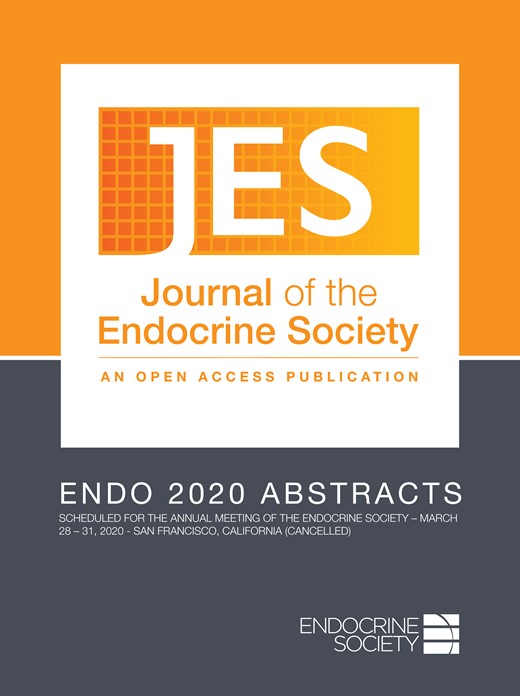-
PDF
- Split View
-
Views
-
Cite
Cite
Alessio Veltroni, Elisa Cosaro, Sara Cingarlini, Maria Chiara Zatelli, Grossrubatscher Erika Maria, Antongiulio Faggiano, Anna Rosa Pia, Antonio Bianchi, Sara Piusceddu, Francesca Spada, Alessandro Piovesan, Paola Razzore, Angelina Filice, Rocco Micciolo, Maria Vittoria Davi’, SUN-136 Clinico-Pathological Features, Treatment Modalities and Survival of Patients with Malignant Insulinoma: A Multicenter Study, Journal of the Endocrine Society, Volume 4, Issue Supplement_1, April-May 2020, SUN–136, https://doi.org/10.1210/jendso/bvaa046.1838
Close - Share Icon Share
Abstract
Introduction: management of malignant insulinoma is challenging due to the need to control both hypoglycemic syndrome and tumor growth. Literature data is limited to small series.
Aim of the study: to analyze clinical-pathological characteristics, treatment modalities and prognosis of patients with malignant insulinoma.
Materials and methods: Multicenter retrospective study on 31 patients (M 61.3%) diagnosed between 1988 and 2017.
Results: The mean age at diagnosis was 48 ± 15 years. In 5 cases (16.1%) the hypoglycemic syndrome occurred after 46 ± 35 months from the diagnosis of NET, in 26 (83.9%) cases it led to the diagnosis of NET, of which 11 cases (42.3%) with mean diagnostic delay of 32.7 ± 39.8 months. The majority of the NET were G2 (70.8 %) and in the pancreatic body-tail (78.6%). The mean NET diameter was 41 ± 31 mm. Metastases were widespread in 40.7%, only hepatic in 37%, only lymph nodal in 18.5%..Surgical treatment was performed in 21/31 (67.7%) with hypoglycemic control in 42.9%. Except for 2 patients with curative surgery, the others underwent further different lines of therapies including somatostatin analogues (SA), Peptide Receptor Radionuclide Therapy (PRRT), everolimus, chemotherapy, TAE/TACE/RFA, radiotherapy. PRRT was performed in 14/31 (45.1%) with complete (42.9 %) or partial (50%) syndrome control.
The median follow-up was 60 months. The 5-year survival rate was 62%. The median overall survival (OS) was 40 months. No significant difference in OS was observed according to the site of primary tumour and its dimension. A trend towards increased survival was found according to grading (5-year OS 100% for G1, 77% for G2, 33% for G3). Patients with Ki-67 ≤ 10% had a significant higher survival rate compared to patient with Ki-67 >10% (5-year OS rate 87% vs 43%, p: 0.03). As regards the type of treatment, patients who underwent surgery had a higher survival rate than those who did not (5-year OS 76% vs 31.7%, p= 0.006). Moreover, patients receiving PRRT as II line treatment had a better prognosis than those who underwent it in further lines, although the 5-year OS was not significantly different (80% vs 25% respectively, p=0.057).
Conclusions: Our study includes the largest series of patients with malignant insulinomas up to now reported. The hypoglycemic syndrome may occur after years in initially non-functioning NETs, or be misunderstood with delayed diagnosis of NETs. Surgical treatment and Ki67 <10% are prognostic factors associated with better survival. PPRT seems to be promising in the control of hypoglycemic syndrome.



